News
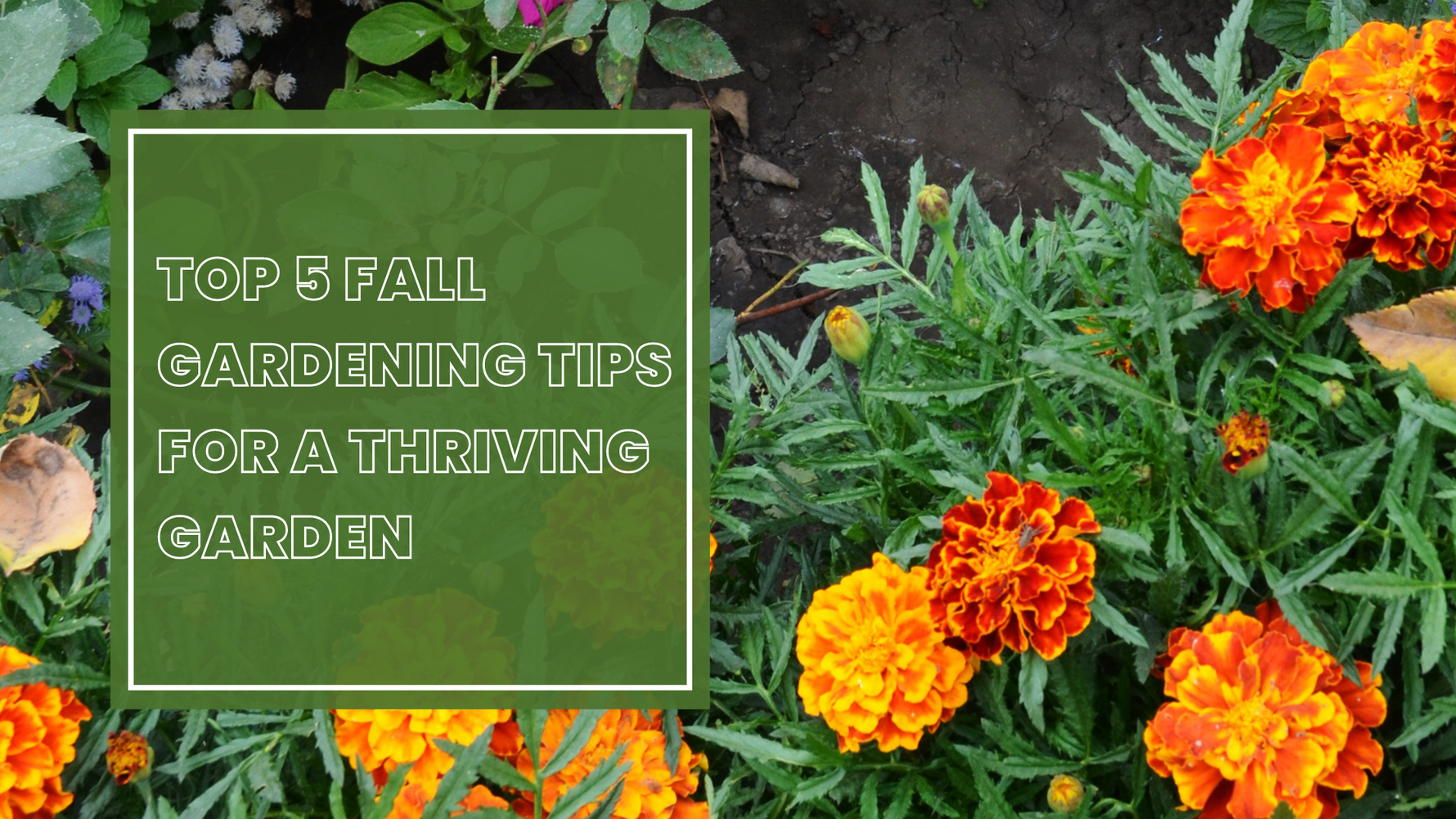
News
What Are the Secrets to a Healthy Garden This Fall?
by Leen G. on Oct 01 2024
Fall is an important season for gardeners. Cooler temperatures and shorter days mean your plants need extra care to stay healthy. Without proper attention, flowers, vegetables, and leaves can suffer. By following a few simple tips, you can keep your garden thriving during autumn.
1. Keep Soil Moisture Balanced
Even though plants need less water in fall, they still require consistent hydration. Too little water can stress them, while too much can damage roots. Checking soil regularly helps ensure each plant gets just what it needs.
2. Use Mulch Around Plants
Mulching is an easy way to protect your plants during cooler months. A layer of mulch acts like a blanket for roots, keeping them warm and retaining moisture in the soil. Mulch also reduces weeds and adds nutrients to the soil as it breaks down. Organic options like leaves, straw, or bark work best.
3. Prune and Clean Up Your Garden
Fall is the perfect time to trim dead branches and remove fallen leaves. Pruning encourages healthy growth and improves air circulation, reducing the risk of pests or disease. Cleaning up debris also prevents insects and fungi from overwintering in your garden.
4. Adjust Watering and Track Usage
Even in cooler months, watering is important. Many gardeners forget to change schedules for fall, which can waste water or stress plants. Using a RAINPOINT Digital Garden Hose Water Flow Meter helps you measure how much water is going to your garden. By monitoring flow, you can water efficiently and make sure every plant gets the right amount.
5. Plant Cool-Season Crops
Fall is a great time to plant vegetables, bulbs, and perennials that thrive in cooler weather. Crops like lettuce, spinach, kale, and garlic do well now. Preparing the soil and adding compost or nutrients helps new plants grow strong and ready for spring.
Tips
Protect Delicate Plants: Move potted plants indoors or cover sensitive plants on cold nights.
Check Soil Health: Test your soil and add compost or fertilizer if needed.
Maintain Tools: Clean and sharpen garden tools before storing them for winter.
Final Thoughts
Fall gardening is about preparation, protection, and paying attention to your plants’ needs. By monitoring moisture, mulching, pruning, adjusting watering, and planting the right crops, you can keep your garden healthy all season.
Using tools like the RainPoint Wi-Fi Soil Moisture Meter makes it even easier. With accurate readings, you can water efficiently, avoid problems, and ensure your garden stays strong and thriving through autumn and into spring.
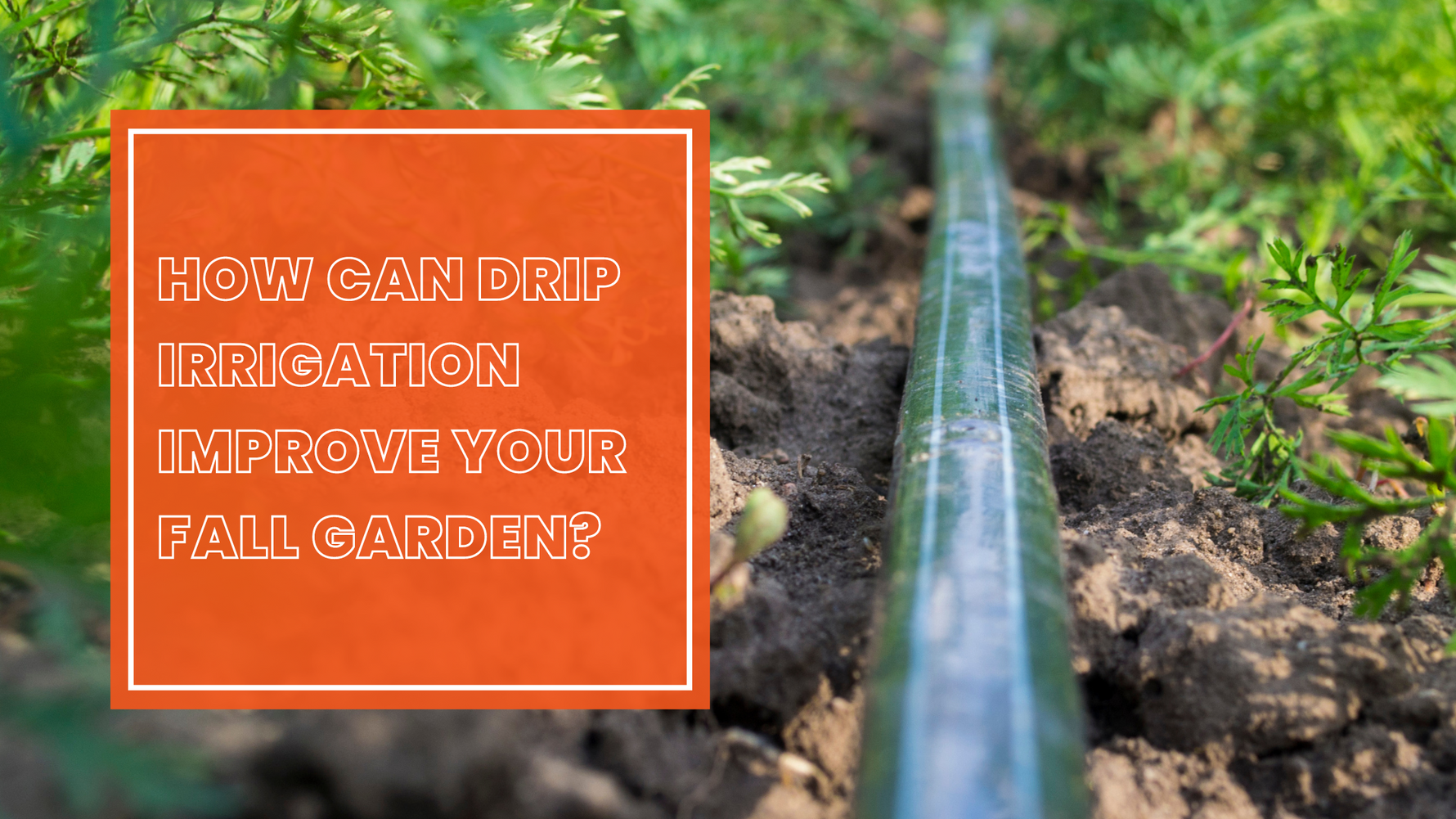
News
How Can Drip Irrigation Improve Your Fall Garden?
by Leen G. on Sep 09 2024
Benefits of Drip Irrigation for Fall Vegetables
Precise Water Delivery: Drip irrigation delivers water directly to the root zone, minimizing water waste and preventing overwatering.
Reduced Weed Growth: By targeting water delivery to plant roots, drip irrigation helps control weeds that thrive in moist conditions.
Healthy Plant Growth: Consistent and efficient watering promotes healthy plant development and increases yields.
Water Conservation: Drip irrigation systems are designed to conserve water, making them ideal for regions with water scarcity.
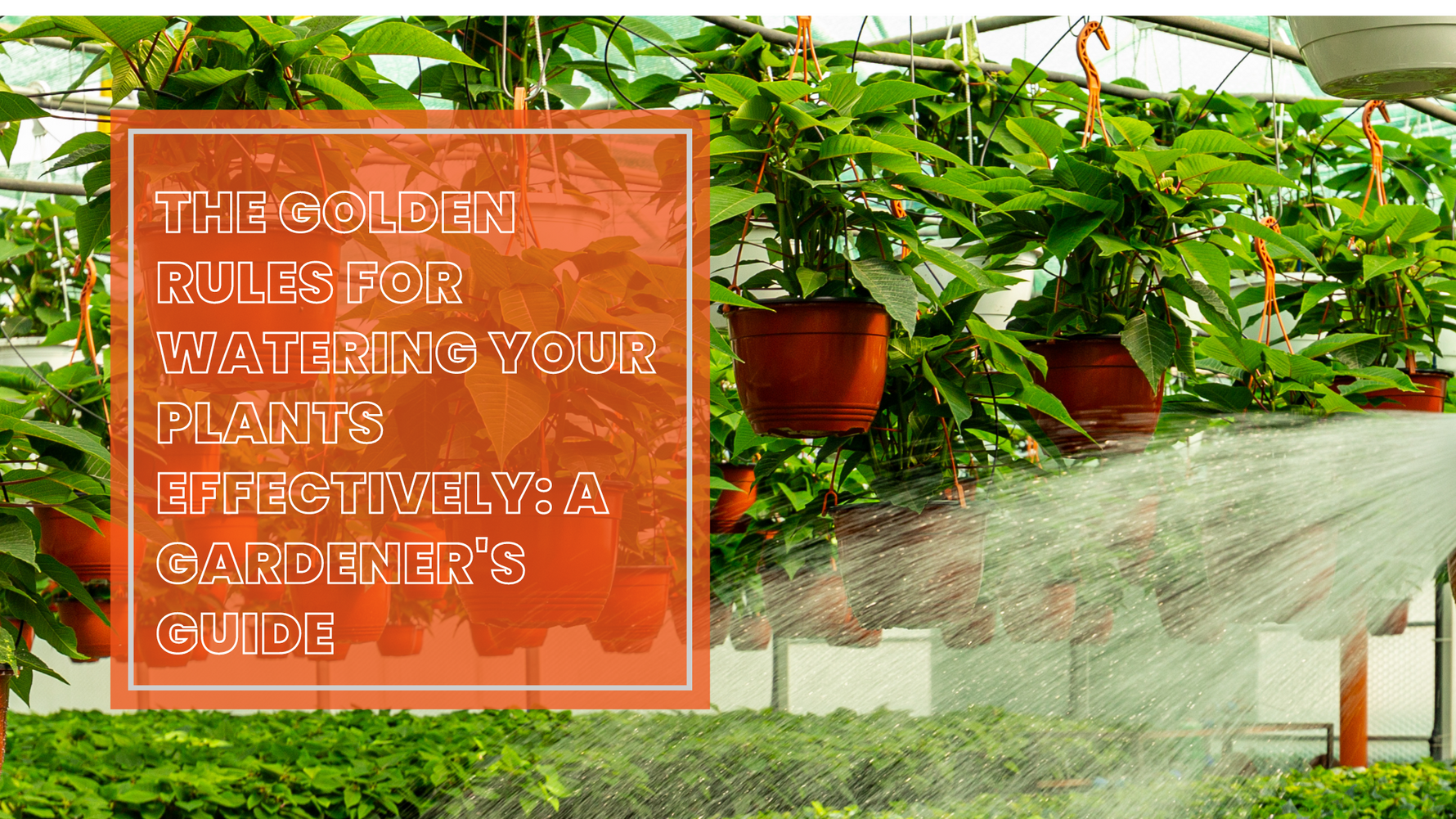
News
The Golden Rules for Watering Your Plants Effectively: A Gardener's Guide
by BALDR Electronic on Dec 12 2023
Watering your plants might seem like a simple task, but mastering the art of effective watering is crucial for the well-being of your green companions. In this guide, we'll explore the golden rules that every gardener should follow to ensure their plants receive the right amount of hydration, fostering growth, and vitality.
Know Your Plants: Different plants have different water requirements. Understanding the specific needs of each species in your garden is the foundation for effective watering. Research and categorize your plants based on their water preferences – whether they prefer moist soil or drier conditions – to tailor your watering routine accordingly.
Timing is Everything: Watering at the right time of day is essential. Early morning is generally the optimal time, allowing plants to absorb moisture before the heat of the day. Avoid watering in the evening to prevent prolonged moisture on foliage, reducing the risk of diseases.
Deep and Infrequent Watering: Encourage strong root development by watering deeply but less frequently. Shallow, frequent watering can lead to surface root growth, making plants more susceptible to drought. Ensure water reaches the root zone, promoting a robust and resilient root system.
Use the Right Tools: Invest in quality watering tools such as a soaker hose, watering can, or drip irrigation system. These tools provide precise control over water distribution, minimizing water wastage and delivering moisture directly to the root zone where it's needed most.
Check Soil Moisture Regularly: Avoid guesswork by regularly checking the moisture level of the soil. Stick your finger into the soil – if it feels dry an inch below the surface, it's time to water. Invest in a soil moisture meter for a more accurate assessment of your soil's hydration status.
Consider Weather Conditions: Be mindful of the weather when planning your watering schedule. On hot, windy days, plants may require more water to combat evaporation. Conversely, during periods of rain, adjust your watering routine to avoid overwatering and potential root issues.
Mulch for Moisture Retention: Apply a layer of organic mulch around your plants to help retain soil moisture. Mulch acts as a barrier, reducing evaporation, regulating soil temperature, and suppressing weeds that compete for water with your plants.
Watering Young Plants Differently: Newly planted or young seedlings have unique watering needs. Provide more frequent, gentle watering to help them establish roots. As they mature, gradually transition to a deeper and less frequent watering routine.
Effective watering is a cornerstone of successful gardening. By following these golden rules, you'll not only meet the specific needs of your plants but also foster a healthier, more resilient garden. Remember, the key is to observe, adapt, and provide your green companions with the hydration they need to thrive. Happy gardening!
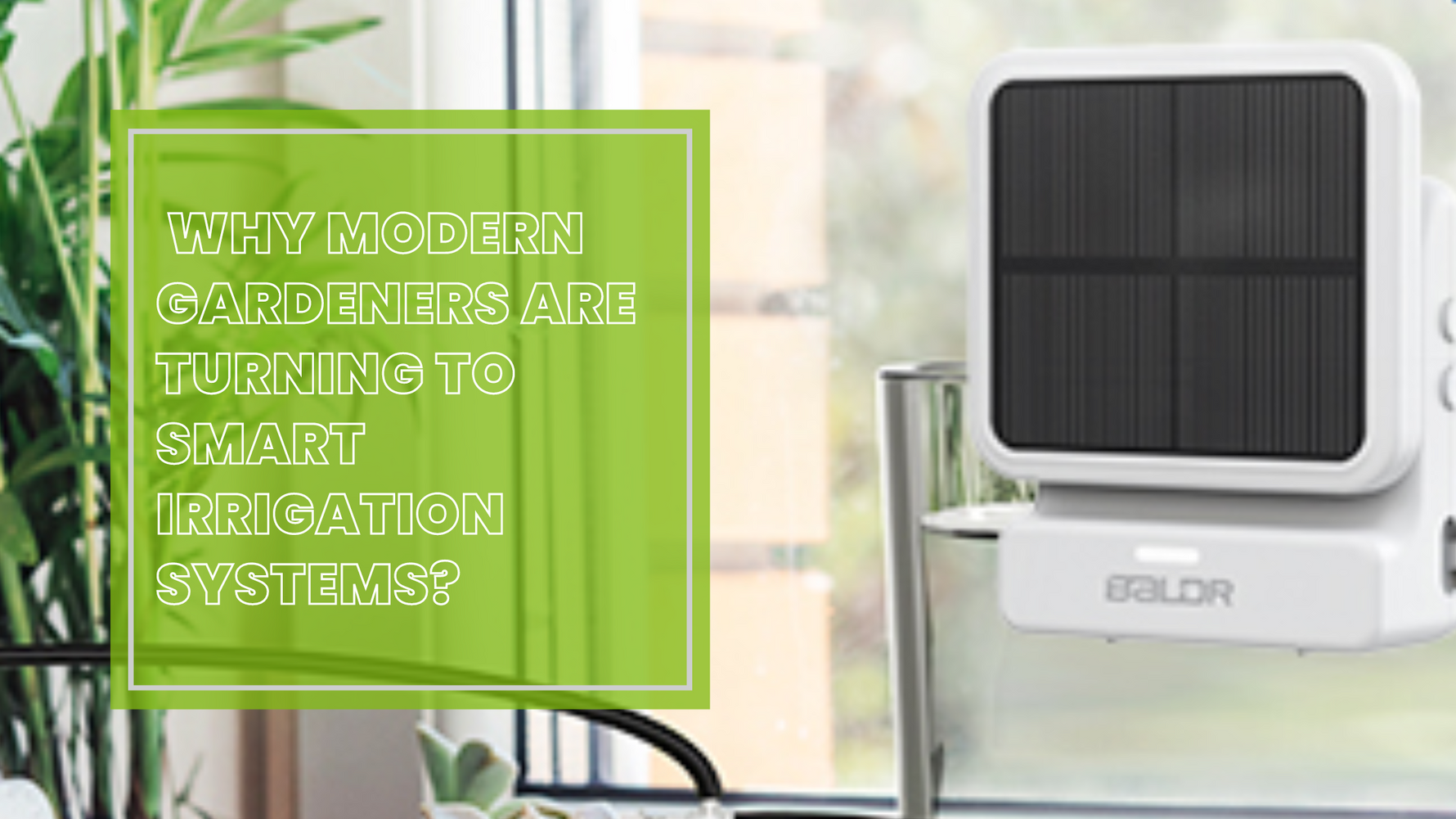
News
Why Modern Gardeners are Turning to Smart Irrigation Systems?
by BALDR Electronic on Dec 08 2023
In the dynamic realm of gardening, enthusiasts are increasingly turning to innovative solutions that transcend traditional methods. Smart Irrigation Systems, hailed as the cornerstone of a green revolution, have resonated with gardeners seeking efficiency, conservation, and a touch of technological elegance. Let's explore the compelling reasons why discerning gardeners are wholeheartedly embracing these cutting-edge systems, powered by the advanced technology of Baldr Electronic.
Precision Unleashed: Tailoring Watering Schedules for Flourishing Gardens
For modern gardeners, precision is the key to nurturing their green havens. Smart Irrigation Systems, by Baldr Electronic, empower enthusiasts to customize watering schedules for each plant. No longer a guessing game, it's a symphony of care tailored to the unique needs of every leaf and petal, ensuring optimal hydration with every drop.
Real-Time Mastery: Empowering Gardeners in the Digital Age
In the age of digitization, knowledge is power, even in gardening. Smart Irrigation Systems, fueled by Baldr Electronic's cutting-edge technology, provide real-time monitoring capabilities. This grants gardeners valuable insights into crucial factors like soil moisture and weather conditions. Stay ahead of the game with immediate access to information, allowing for on-the-spot decisions to keep your garden thriving.
Conservation with Class: Effortless Environmental Stewardship
Beyond the allure of blooms, modern gardeners recognize the importance of sustainability. Smart Irrigation Systems, in collaboration with Baldr Electronic, effortlessly make water conservation a priority. By avoiding unnecessary watering and adapting schedules based on weather forecasts, these systems contribute to both environmental preservation and the overall well-being of your garden.
Freedom Beyond the Fence: Remote Accessibility for the Modern Gardener
Today's gardeners refuse to be confined by the limits of traditional care. Smart Irrigation Systems offer the liberating convenience of remote accessibility. Whether you're at home, at work, or exploring distant landscapes, your garden is just a tap away. Manage irrigation schedules, monitor conditions, and ensure your green retreat remains lush and vibrant from anywhere in the world.
Adaptability to Nature's Whims: Synchronizing with the Dynamic Forces of Nature
Nature is an ever-changing force, and Smart Irrigation Systems acknowledge and adapt to its whims. Intelligent rain delay functions prevent overwatering during unexpected rainfall, showcasing the systems' artful synchronization with the changing conditions. It's not just about automation; it's about harmonizing with the natural dance of the elements.
Integrated Brilliance for a Smart Garden: Forming the Backbone of Modern Ecosystems
Modern gardens are no longer mere collections of plants; they are intricate ecosystems. Smart Irrigation Systems seamlessly integrate into this vision, forming the backbone of a smart garden. Combine them with weather stations, soil moisture sensors, and other compatible devices for a comprehensive and integrated approach to garden care.
As a modern gardener, the choice is clear – embrace the green revolution and let your garden thrive like never before. Baldr Electronic ensures that your Smart Irrigation System is not just a technological marvel but a reliable partner in the journey of cultivating a sustainable, vibrant, and intelligent garden. Experience the future of gardening with precision, real-time mastery, and conservation at your fingertips.
SHOP NOW
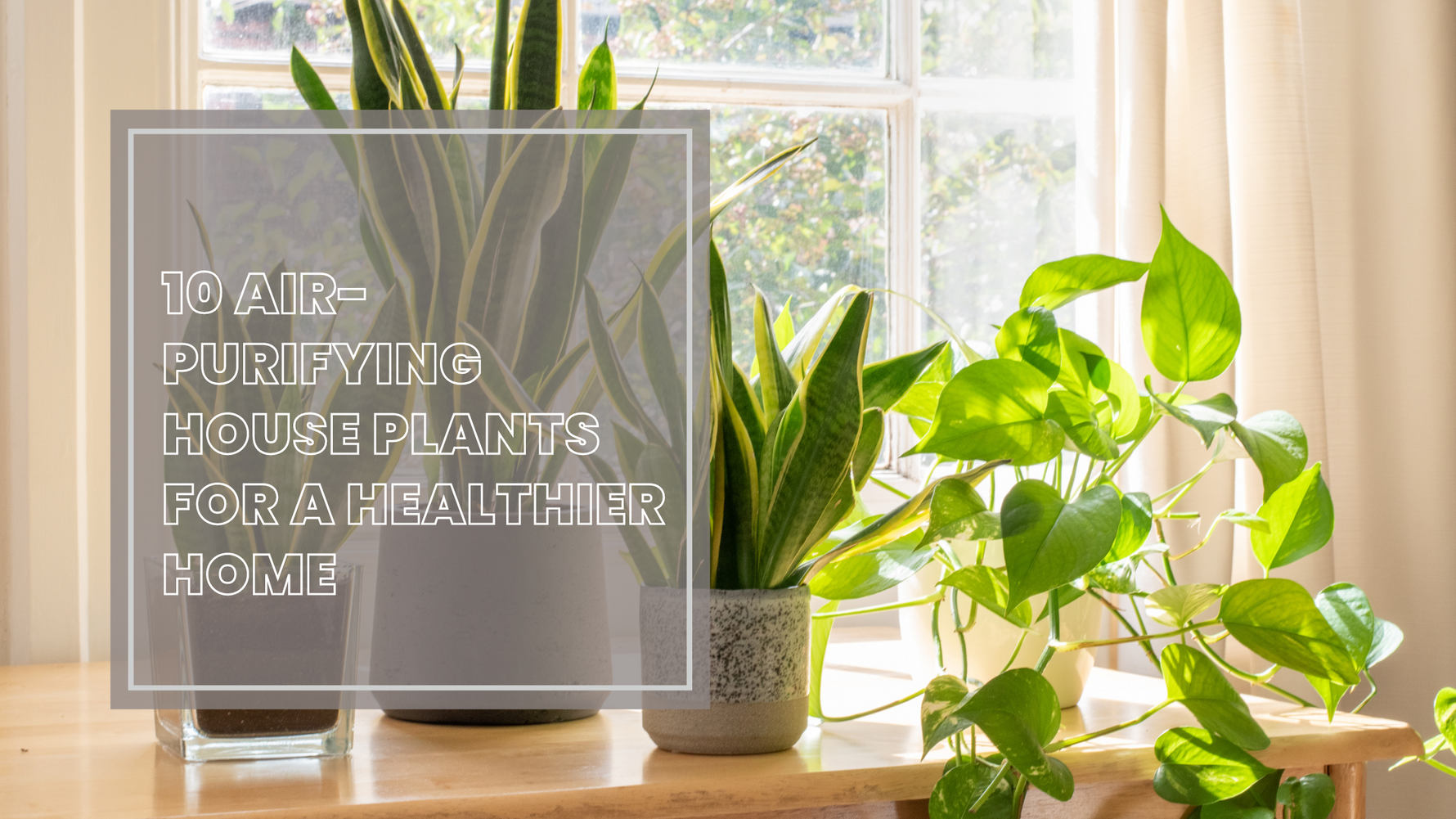
News
10 Air-Purifying House Plants for a Healthier Home
by BALDR Electronic on Nov 07 2023
In today's world, where indoor living has become more prevalent, it's essential to ensure that the air inside our homes is clean and healthy. One effective way to achieve this is by incorporating air-purifying house plants into your living space. These green allies not only enhance the aesthetic appeal of your home but also work tirelessly to remove toxins and impurities from the air. Here are ten house plants that can significantly improve your home's air quality:
Peace Lily (Spathiphyllum): Known for its elegant white blooms and glossy leaves, the Peace Lily effectively filters out common indoor air pollutants, including ammonia, benzene, and formaldehyde.
Spider Plant (Chlorophytum comosum): With its arching green and white striped leaves, the Spider Plant is an excellent choice for removing carbon monoxide and other impurities from the air.
Snake Plant (Sansevieria): This modern and low-maintenance plant is a Pinterest favorite for its ability to filter out formaldehyde, xylene, and toluene, making it a stylish air-purifying choice.
Aloe Vera (Aloe barbadensis miller): Not only does Aloe Vera offer relief for skin irritations, but it also removes formaldehyde and benzene, common indoor pollutants.
Rubber Plant (Ficus elastica): The Rubber Plant's large, glossy leaves are not only a stylish addition to your home but also help eliminate toxins such as formaldehyde.
Boston Fern (Nephrolepis exaltata): This lush and feathery plant is highly effective in removing indoor air pollutants, especially formaldehyde and xylene.
Gerbera Daisy (Gerbera jamesonii): With vibrant, colorful blooms, Gerbera Daisies not only add beauty to your space but also remove trichloroethylene, which can be found in certain paints and cleaning products.
Lavender (Lavandula): Beyond its pleasant fragrance, lavender can improve air quality by reducing stress and anxiety, promoting better sleep and relaxation.
Bamboo Palm (Chamaedorea seifrizii): This tropical beauty is excellent at removing airborne toxins like formaldehyde and benzene while adding a touch of elegance to your space.
Philodendron (Philodendron): The heart-shaped leaves of the Philodendron are perfect for removing formaldehyde, one of the most common indoor air pollutants.
By incorporating these house plants into your living space, you can enhance the quality of the air you breathe and create a healthier and more inviting home environment. Not only do these plants purify the air, but they also contribute to your well-being and the overall aesthetic appeal of your home. So, why not start a greener and cleaner journey by adding these air-purifying house plants to your indoor oasis? Your lungs, and your home's aesthetics, will thank you.
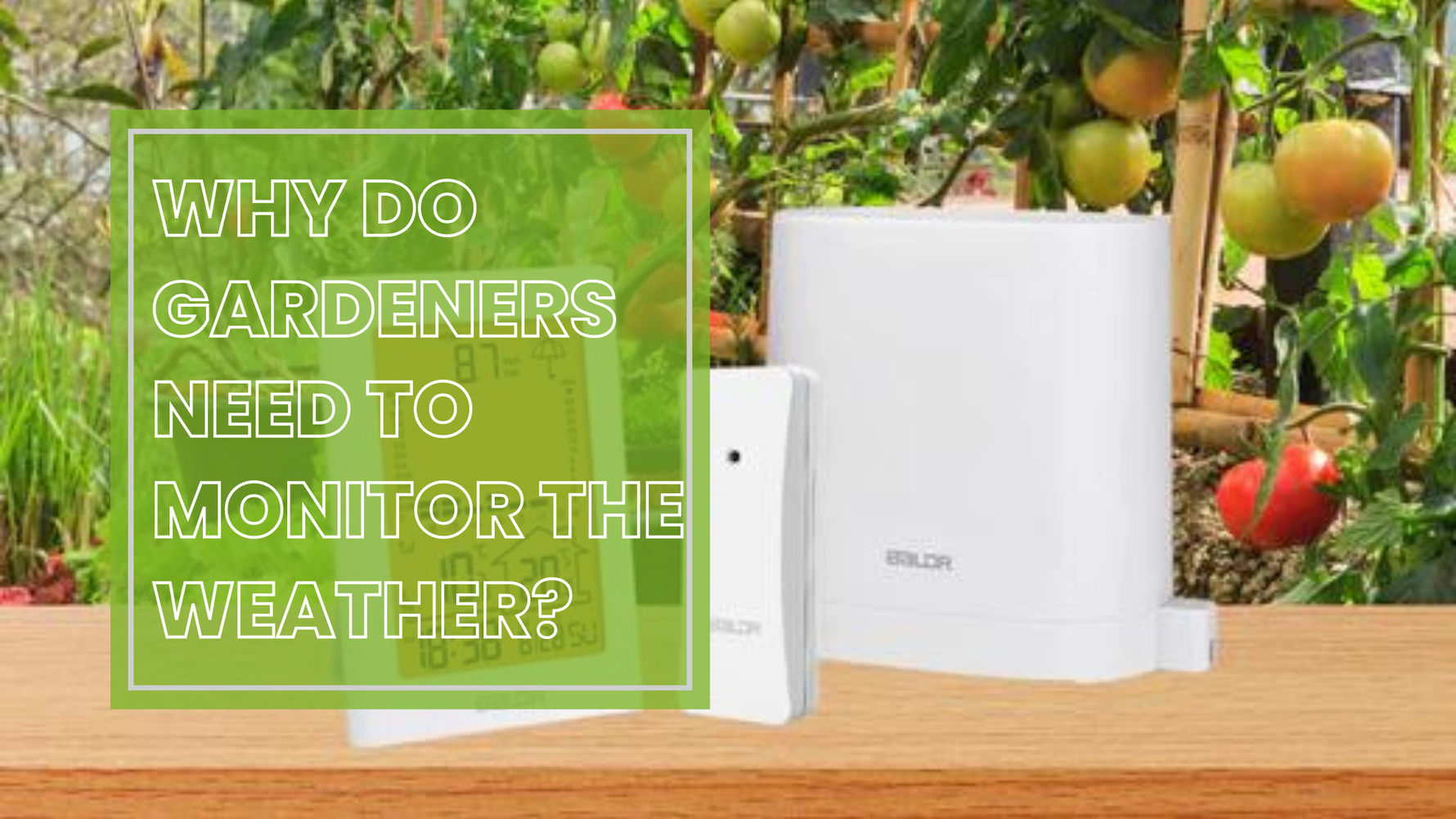
News
Why Do Gardeners Need To Monitor The Weather?
by BALDR Electronic on Oct 18 2022
Gardening is a rewarding activity that can be enjoyed by people of all ages. Gardening can also be a great way to get some exercise and enjoy the outdoors, but it’s not just good for your body, it’s also good for your mind! Studies have shown that gardening has a positive effect on stress levels and may even contribute to better health outcomes among seniors.
Following are the top 4 reasons why gardeners need to monitor the weather
1. Plan gardening activities
Planning is important to ensure the success of your garden. You can plan and execute accordingly if you know what to plant, when, and how much water will be available. You’ll also need to consider the weather as a part of this planning process.
Gardeners need to keep an eye on the weather because it will affect so many different aspects of their gardening activities, from the types of plants that they grow in their gardens to how much time they spend outside working in them.
2. Prepare plants for different weather conditions
It's essential to know the weather forecast. This way, you can prepare your plants for the conditions they're about to face. If it looks like rain is coming in a few days, make sure that you put them in a greenhouse.
3. Protect young plants from frost
While you may not be able to predict exactly when each frost is going to occur, you can prepare your plants for the cold weather. If you’re growing a variety of plants in your garden, you must protect young plants from frost.
Young plants are more vulnerable than mature ones and can suffer from frost damage if not properly protected. While covering young plants with row covers or mulch can help prevent damage from heavy frosts.
4. Know when to water plants
A rain gauge is often part of a good weather station. It lets you keep track of how much rain has fallen. You can figure out how much water your garden needs by looking at how much it has rained. You can also use your rain gauge to keep track of how much you water. Not only will watering the right amount help your plants, but it can also save you money on your water bill.
It is essential to know what weather conditions are favorable to your garden.
Gardening is a fun and rewarding activity, but it can be hard to know when to water your plants. To make the most of your time and effort, it's important to know what the weather is like so that you can protect your garden from extreme conditions.
If you are new to gardening, or if you have had trouble with particular plants over time, knowing what kind of weather will affect them is essential. By knowing what kind of weather conditions are best for various plants in your area, as well as when those conditions change suddenly due to sudden changes in temperature or rainfall amounts/patterns;
Weather can affect your garden in many different ways. If you want to make sure that your plants are getting the right amount of water and care, then you must keep up with the weather conditions. This will help ensure they grow at their best!

